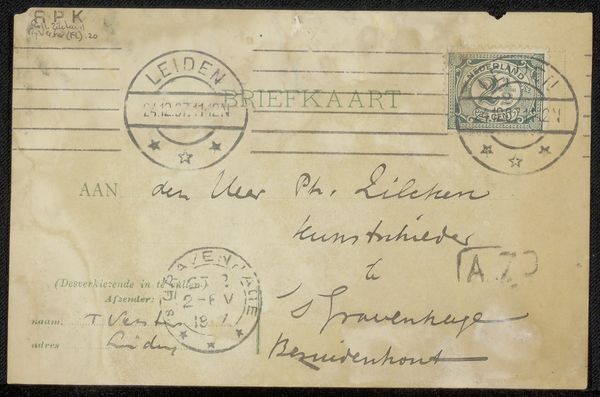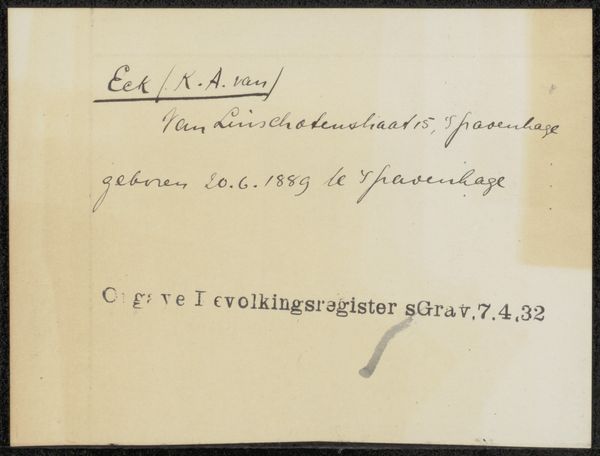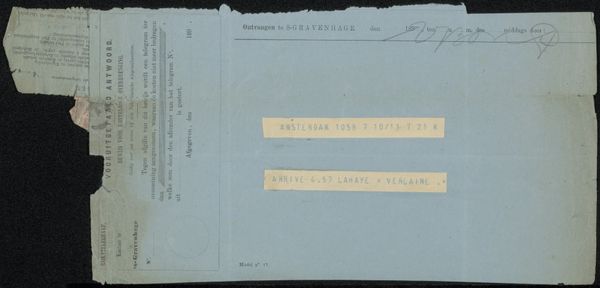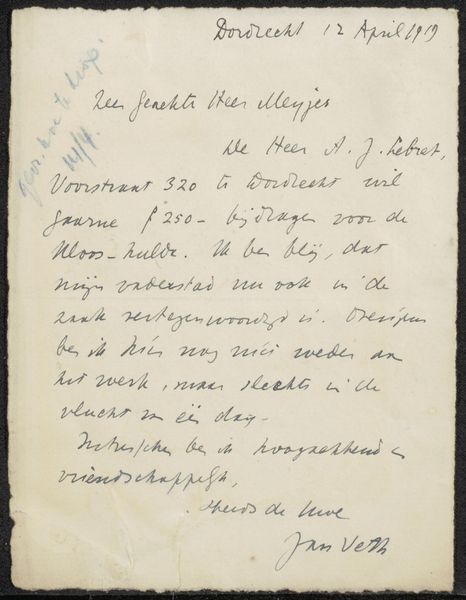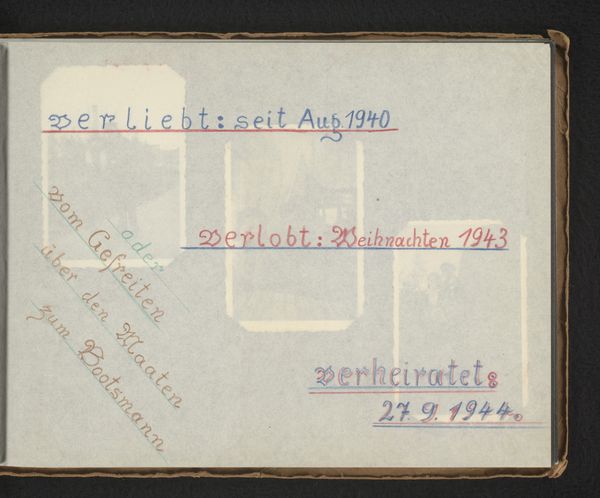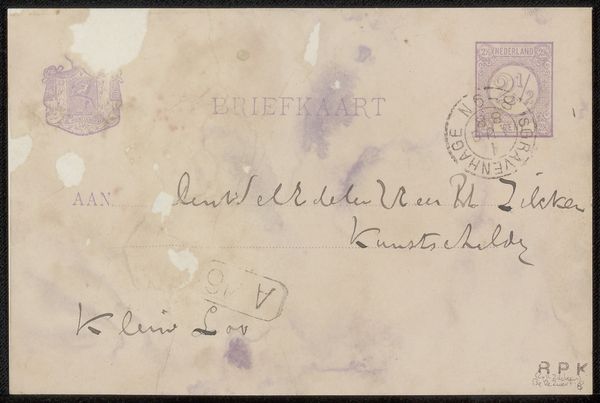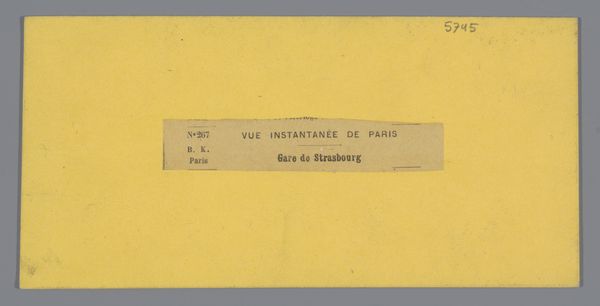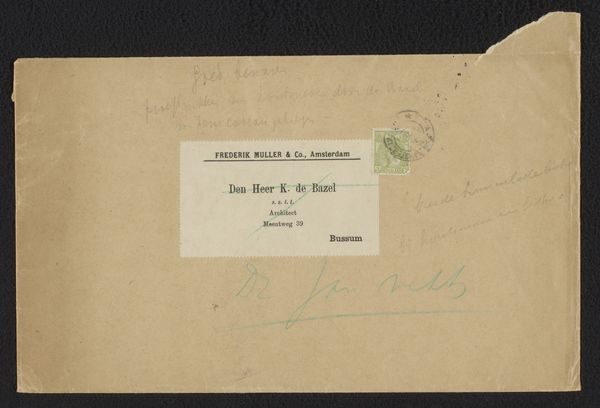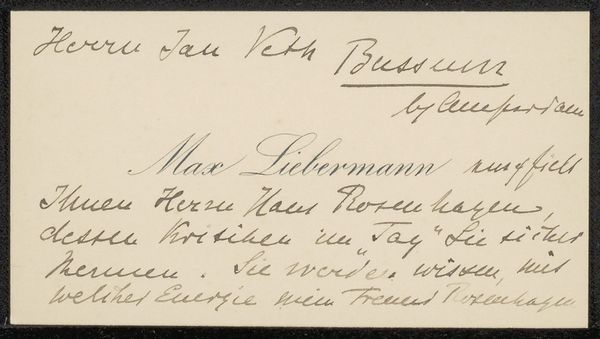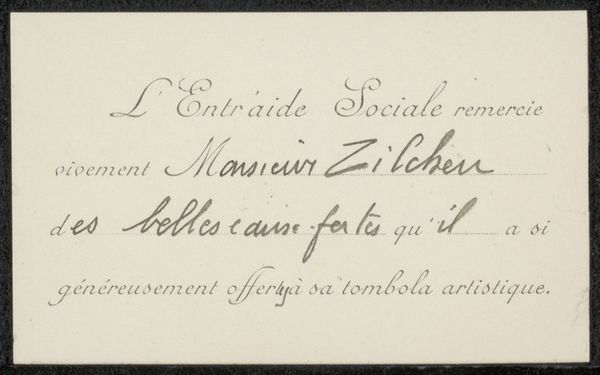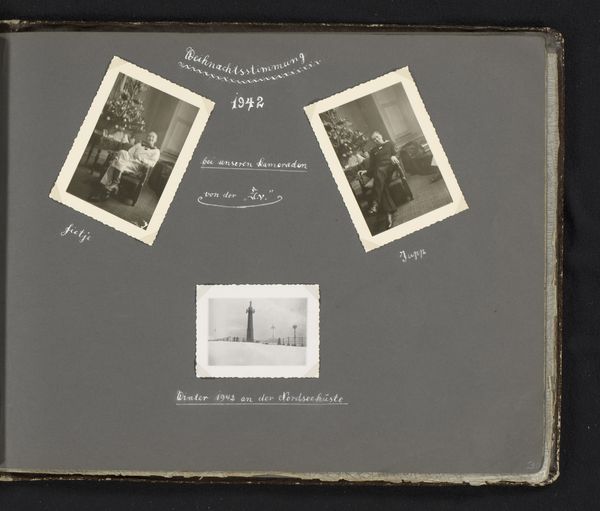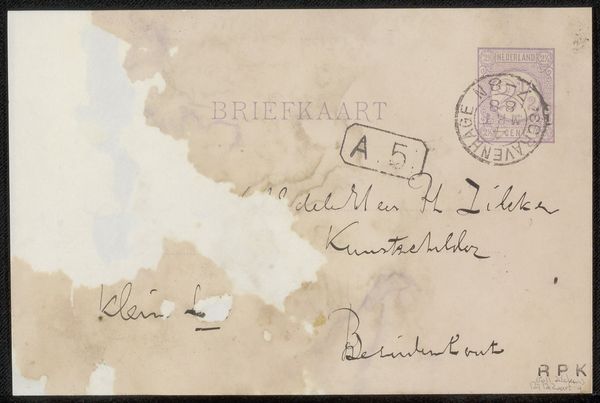
paper, watercolor
#
portrait
#
paper
#
watercolor
#
watercolor
Dimensions: height 180 mm, width 240 mm
Copyright: Rijks Museum: Open Domain
Editor: This piece, titled "Duitse familie" or "German Family," was made by Werner Neufang between 1943 and 1944, using watercolor on paper. The pale photos give me a nostalgic feeling, almost like looking through a faded scrapbook. What do you see in this work? Curator: It is interesting how the artist uses watercolor, traditionally associated with landscapes and still-lifes, to depict photographic memories, invoking a cultural memory that's deliberately nostalgic. But consider: during the years it was created, nostalgia takes on a particular weight. How do these personal photos resist or conform to the idealized image of family during wartime? Editor: I hadn't thought about the wartime context so directly, but I can see that tension now. There is a contrast between the personal and the expected representation of the family unit. Is there any further intention reflected in the handwriting styles or use of color? Curator: Absolutely. Notice the handwritten notes. "Zu Hause," "Die Eltern"—these captions act as anchors, grounding these images in a specific narrative. Handwriting, particularly during this era, becomes an intimate, personalized archive. Also the color, did the artist consciously selected blue, to communicate trust, loyalty and wisdom, a virtue so yearned for at the time? Or the vibrant, red denoting passion. What emotion do they convey together, within you? Editor: Seeing them as emotional anchors is useful, highlighting both longing and subtle cultural defiance in such a restrained medium. It really opens it up to considering layers of intended meaning. Curator: Precisely! It reminds us how seemingly simple snapshots can be laden with complex, culturally coded narratives.
Comments
No comments
Be the first to comment and join the conversation on the ultimate creative platform.
